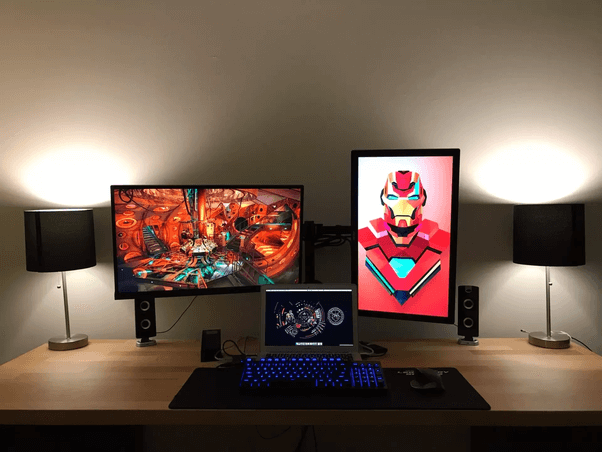


#SCREENS FOR MAC PRO#
It is known as Liquid Retina display for the iPhone XR, iPad Air 4th Generation, iPad Pro 3rd Generation and later versions, and Retina 4.5K display for the iMac. Apple uses various marketing terms to differentiate between its LCD and OLED displays having various resolutions, contrast levels, color reproduction, or refresh rates. The Retina display has since expanded to most Apple product lines, such as Apple Watch, iPhone, iPod Touch, iPad, iPad Mini, iPad Air, iPad Pro, MacBook, MacBook Air, MacBook Pro, iMac, and Pro Display XDR, some of which have never had a comparable non-Retina display. This allows displays to rival the smooth curves and sharpness of printed text and immediacy of photographic prints. The goal of Retina displays is to make the text and images being displayed extremely crisp, so that pixels are not visible to the naked eye or at viewing distance. The advantage of this equation is that the CPU "sees" a small portion of the data and calculates the relative positions of each element, and the GPU renders these elements with high quality assets to make the output much sharper and clearer.
#SCREENS FOR MAC PLUS#
The scale factor is tripled for devices with even higher pixel densities, such as the iPhone 6 Plus and iPhone X. In simpler words, it is one logical pixel = four physical pixels.

The Retina display debuted in 2010 with the iPhone 4 and the iPad 3, where each screen pixel of the iPhone 3GS and iPad 2 was replaced by four smaller pixels, and the user interface scaled up to fill in the extra pixels. The Canadian application cited a 2010 application in Jamaica. The applications were approved in 20 respectively. Apple has registered the term "Retina" as a trademark with regard to computers and mobile devices with the United States Patent and Trademark Office and Canadian Intellectual Property Office.
#SCREENS FOR MAC SERIES#
Retina Display is a brand name used by Apple for its series of IPS LCD and OLED displays that have a higher pixel density than traditional Apple displays. The pixels are visible at normal viewing distance. Some even come with built-in cameras and speakers.Part of a non-Retina display on an iPhone 3GS. The other advantage is that most USB-C monitors also act as docking hubs and tend to have multiple USB, HDMI, Display Port, and audio ports. So let me break it down to you.īesides the advantage of a larger screen or 4K, one of the main advantages most USB-C monitors have is the ability to use one connection for video, data, and charging, which is a game-changer as it frees up space in your work area and ports on your MacBook Pro.
#SCREENS FOR MAC CRACK#
I’m sure you’re still thinking, who are you to tell me what to buy? We are the crack staff at Laptop, along with our mad scientist in the lab who do all the due diligence in advance to help you select what best suits your needs. The MacBook Pro’s refresh rate is 60Hz and you can find monitors that connect to your MacBook with refresh rates as high as 144Hz which comes in handy when you’re gaming or editing high frame rate video. Another advantage to using a USB-C monitor with your MacBook Pro is higher refresh rates. The MacBook Pro’s native resolution is 3072 x 1920 and when you’re working on video edits or images, that 4K capability makes a huge difference in clarity especially when color grading. Yes, the display is fantastic but bigger is usually better when dealing with graphics, video, images, and definitely when gaming. You may be wondering why I would need a USB-C monitor for my MacBook Pro.


 0 kommentar(er)
0 kommentar(er)
